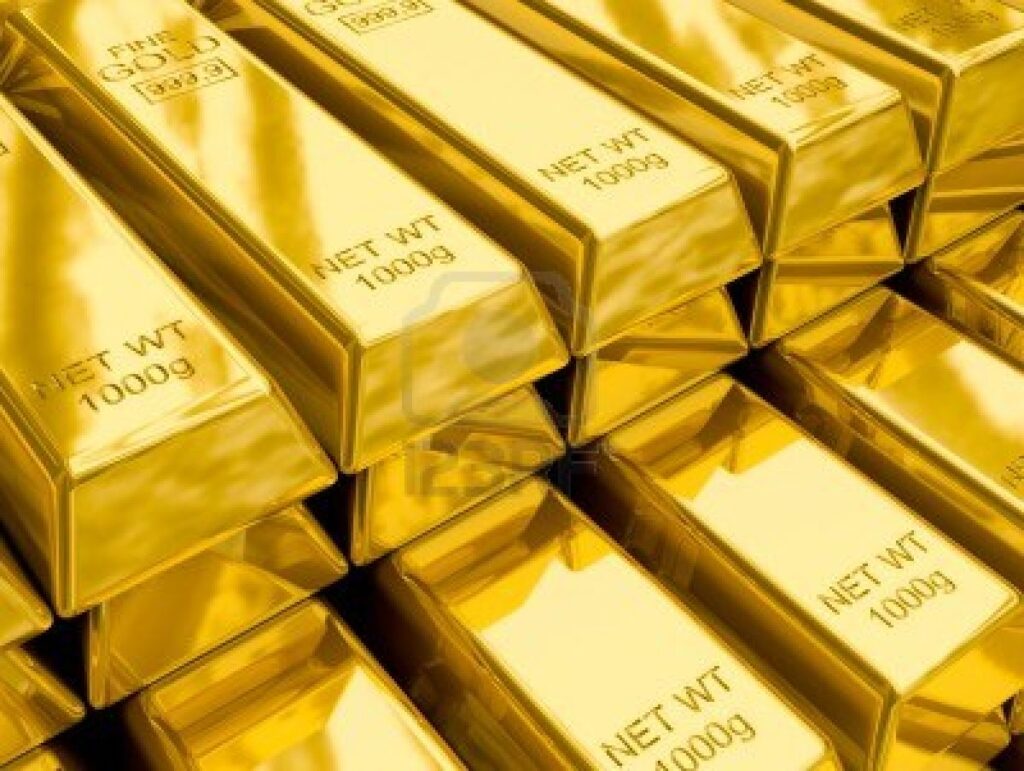
Mumbai: The COVID-19 pandemic impacted the consumer sectors of the gold market in H1 2020, with total demand dropping by 6% to 2,076t versus the same period in 2019, according to the World Gold Council’s (WGC) latest Gold Demand Trends report.
However, while overall gold demand fell, H1 saw record flows into gold-backed ETFs of 734t. The global response to the pandemic by central banks and governments, in the form of rate cuts and massive liquidity injections, fuelled these record inflows
In contrast, bar and coin investment declined sharply in Q2 driven by Asian weakness and leading to a 17% decline to 397t in H1. With global markets in lockdown and consumers deterred by high gold prices and a squeeze on disposable income, jewellery demand fell by 46% to 572t and gold used in technology dropped 13% to 140t in H1.
Inflows into gold-backed ETFs (gold ETFs) accelerated in Q2, taking H1 inflows to a record-breaking 734t. First half inflows surpassed the previous annual record from 2009 of 646t and lifted global holdings to 3,621t.
The US dollar gold price gained 17% in H1, following a 10% increase during Q2. Strong inflows into gold-backed ETFs fuelled the rise. The gold price reached record highs in numerous other currencies, including euros, sterling, rupee and renminbi, among others.
Investment in gold coins and small bars slowed sharply in H1 2020, down by 17% to 397t – the lowest since H1 2009. Steep declines in demand across Asia outstripped growth in the West as investors’ reactions to the pandemic diverged across the globe.
H1 jewellery demand halved to 572t amid the global disruption caused by COVID-19 and in the face of high – and in some cases record – gold prices. The impact of the pandemic was unsparing and Q2 demand fell to an unprecedented 251t.
Central banks bought 233t of gold during H1, 39% below 2019’s record level. Buying has become more concentrated, with fewer banks adding to reserves so far in 2020.
Gold supply was impacted by the pandemic: total H1 supply declined 6% to 2,192t as both mine production and recycling were affected by lockdown restrictions.
Louise Street, Market Intelligence at the World Gold Council, commented: “COVID-19 created the perfect storm for gold investment as historic liquidity injections and record low interest rates significantly cut the cost of carrying gold. We witnessed a surge in gold price along with record inflows into gold-backed ETFs in the first half of the year.
“On the contrary, consumer demand took a brutal hit from COVID-19 in the first of 2020.
The lockdowns implemented across Asia, Europe and North America severely disrupted the consumer-focused sectors of the market, with jewellery demand falling to unprecedented low levels. Bar and coin investment slowed sharply, as a significant reduction in Asian demand masked the strong surge in Western investment.
“The consumer-focused sectors of the market will likely remain subdued for the next six months, but ongoing uncertainty and the threat of further waves of the pandemic mean that gold’s safe haven status will appeal to investors for the foreseeable future.”
The key findings included in the latest Gold Demand Trends report for both H1 2020 and Q2 2020 are as follows:
H1 2020
- Overall demand was 6% weaker year-on-year at 2,076t
- Total investment demand climbed by 90% to 1,131t
- Global jewellery demand fell by 46% year-on-year to 572t
- Demand in the technology sector dropped by 13% year-on-year to 140t
- Central banks net purchases declined 39% from 2019’s record level to 233t in H1
- Total supply decreased by 6% to 22,192
Q2 2020
- Overall demand declined in Q2 by 11% year-on-year to 1,016t
- Total investment demand increased significantly by 98%year-on-year to 583t
- Global jewellery demand dropped to a record low for a second consecutive quarter, declining by 53% year-on-year to 251t
- Central banks net purchases declined 50% year-on-year to 115t
- Demand in the technology sector fell by 18% year-on-year to 67t
- Total supply declined 15% year-on-year



